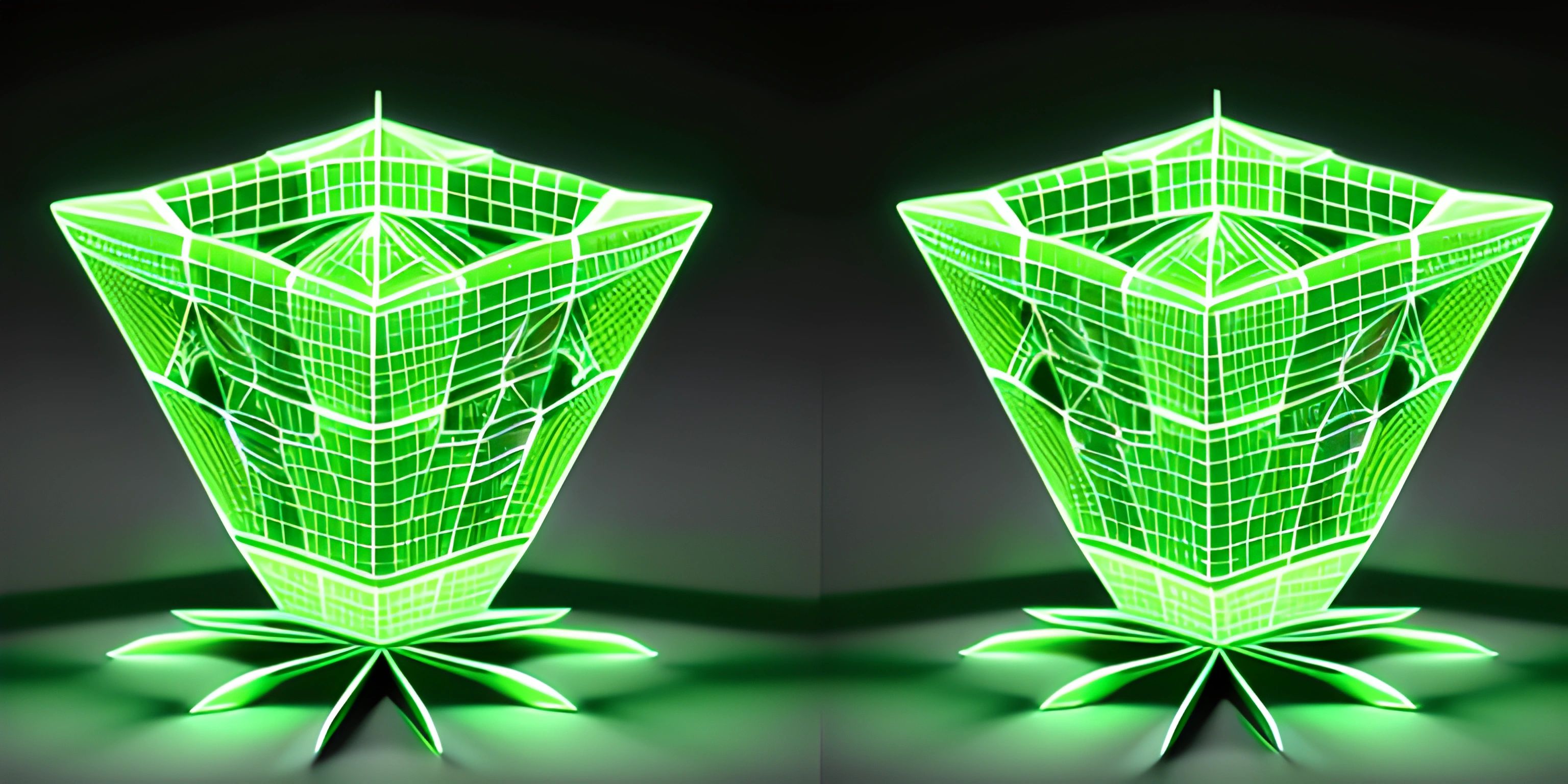Introduction to Procedural Programming Paradigm

Note: this page has been created with the use of AI. Please take caution, and note that the content of this page does not necessarily reflect the opinion of Cratecode.
Procedural programming is a programming paradigm that revolves around the concept of procedures, also known as routines, subroutines, or functions. This paradigm is built on the idea of structuring code into a series of well-defined procedures that perform specific tasks. Instead of focusing on the data, procedural programming emphasizes the actions that should be taken with the data.
Key Features of Procedural Programming
Here are some key features of procedural programming:
Procedures
Procedures are the building blocks of a procedural program. A procedure is a set of instructions that perform a specific task. Procedures can be called multiple times, making it easier to reuse code and reduce duplication. This also helps make the code more maintainable and easier to debug.
Modularity
Procedural programming promotes modularity by dividing a large program into smaller, more manageable parts called modules. Each module is responsible for a specific task or functionality. This separation of concerns makes it easier to maintain, update, and understand the code.
Sequential Execution
In procedural programming, code is executed sequentially. Statements are read and executed one after another, from top to bottom. This linear approach makes it simple to follow the execution flow of a program.
Control Structures
Control structures are essential in procedural programming, as they allow the flow of execution to be controlled based on specific conditions. Common control structures include loops (such as for and while) and conditional statements (like if-else). These structures enable complex logic to be implemented in a procedural program.
Advantages of Procedural Programming
Some advantages of procedural programming include:
- Code reusability: By using procedures, code can be easily reused, reducing duplication and improving maintainability.
- Modularity: The modular structure of procedural programs makes it easier to understand, maintain, and update the code.
- Easy to learn: Procedural programming is relatively easy to learn, especially for beginners, as it follows a straightforward, step-by-step approach.
Common Use Cases
Procedural programming is a popular choice for a variety of applications, including:
- Scientific and mathematical computing: Procedural programs are well-suited for solving mathematical problems and performing scientific simulations.
- System programming: The linear execution flow of procedural programming makes it a good fit for low-level system programming tasks, such as device drivers and operating system kernels.
- Scripting languages: Many scripting languages, like Bash and Perl, follow a procedural programming paradigm and are used for automating tasks and system administration.
Overall, procedural programming is a versatile and widely-used paradigm that can be an excellent choice for many types of applications.
Hey there! Want to learn more? Cratecode is an online learning platform that lets you forge your own path. Click here to check out a lesson: Rust - A Language You'll Love (psst, it's free!).
FAQ
What is procedural programming?
Procedural programming is a programming paradigm that focuses on structuring code into a series of well-defined procedures or functions that perform specific tasks. It emphasizes actions that should be taken with the data, rather than the data itself.
What are some key features of procedural programming?
Key features of procedural programming include procedures, modularity, sequential execution, and control structures.
What are some advantages of procedural programming?
Advantages of procedural programming include code reusability, modularity, and ease of learning for beginners.
What are some common use cases for procedural programming?
Common use cases for procedural programming include scientific and mathematical computing, system programming, and scripting languages.





